
views
The entire nation was shocked on Wednesday by dramatic video footage showing a serious security lapse in the Lok Sabha. The immediate reaction was terming it a terror act, coinciding with the 21st anniversary of the 2001 attack on the Indian Parliament. The previous lapse had enabled five terrorists to enter the Parliament House Complex, resulting in the deaths of eight security personnel and a gardener.
Any terror links have been ruled out this time. Two youths inside Parliament and two outside were seen protesting against the government by raising slogans. One of the visitors inside the House was observed hanging from the public gallery and spraying some yellow gas from a canister hidden inside his shoes, while the other was seen leaping over the benches. Later, it was determined that the gas was harmless.
The Parliament Housing Complex is fortified with multiple layers of security. The Parliament Security Service collaborates with the CRPF, ITBP, Delhi Police, Special Protection Group, National Security Guards, and Intelligence Bureau to guard India’s most important democratic institution.
Visitor entry into Parliament occurs only after a member or higher-level official submits an application. Visitors must pass through layers of security, including Delhi Police, CRPF, and the apparatus of the Parliament Security Service as well as through metal detector gates and frisking machines equipped with modern sensors. Additionally, visitors are prohibited from carrying any objects and from changing their assigned seating or public gallery location within the House.
As per a bulletin issued by the Lok Sabha in July 2023, the Parliament of India has installed door-frame metal detectors at various gates. The bulletin specifies, “Visitors accompanying Members of Parliament and former Members of Parliament are required to pass through the door-frame metal detector and may undergo a physical search. Their belongings may also be scanned/searched by the security staff.”
It further states, “Entry into Parliament House and Central Hall is regulated according to rules and directions issued by the Hon’ble Speaker. No person without a valid pass, even if accompanied by Members of Parliament, is allowed entry.”
Gallery passes for visitors/guests are issued in limited quotas based on applications submitted by MPs, whether in paper or online form. According to a note issued by the Rajya Sabha in December 2020 titled ‘Parliament Security Service – an Overview’, enhanced security measures inside the House include various restrictions on visitors, such as verifying their backgrounds before issuing access passes. Following the 2001 attack, security was significantly bolstered based on recommendations from the Joint Parliamentary Committee on Security Matters in the Parliament House Complex.
Another note issued by the Rajya Sabha in June 2010, titled ‘Sectional Manual of Office Procedure (SMOP), Parliament Security Service, Rajya Sabha Secretariat’, states, “The Parliament Security Service (Rajya Sabha/Lok Sabha), as the In-House Security organisation, is responsible for maintaining security and order within the Complex. It will be assisted by various Security and Paramilitary agencies when required and deployed for the purpose.”
The note highlights security measures concerning Parliament’s visitors:
- “No person will be allowed access to the precincts of Parliament House or gallery without a valid card or pass.”
- “Visitors are not permitted to take photographs or make sketches and notes while sitting in galleries. Press correspondents, however, are allowed to take notes from the Press Gallery only.”
- “Visitors cannot bring sticks, umbrellas, briefcases, handbags, smoking materials, books, printed posters, or any such materials into the galleries.”
- “Except for Sikhs, who may carry a Kirpan with a maximum length of 9 cm (including a 6 cm blade), no visitor is allowed to carry arms into the Gallery.”
- “Cellular phones, pagers, etc., are not allowed inside the Parliament House Complex for visitors.”
- “Visitors or Press Correspondents are not permitted to lean over the railings in the Galleries of the House or the Central Hall.”
- “Visitors are prohibited from shifting from one Gallery to another.”
Wednesday’s serious security breach raises significant questions. How could they breach the intense layers of security installed in the Indian Parliament, which includes door-frame metal detectors at entry points and passages? Were they not frisked? Was the frisking not performed properly? Was there insufficient vetting before granting visitor passes? The 2010 note clearly states that leaning over is prohibited, yet one person was observed dangling and another jumping. How did this happen? What was the role of the security wing in the public gallery? What if it was not a harmless substance but some form of nerve gas? Were the security personnel inadequately trained? This security breach reveals serious loopholes that urgently require investigation to ensure a foolproof mechanism.










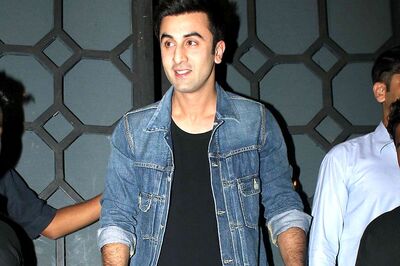
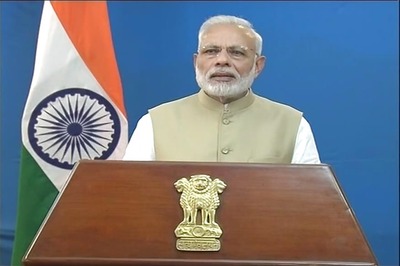
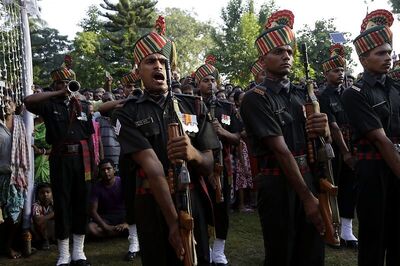

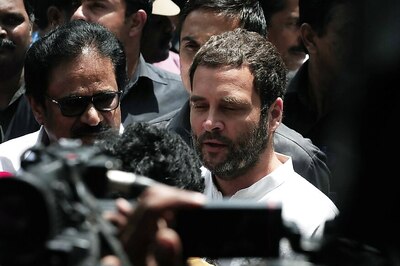
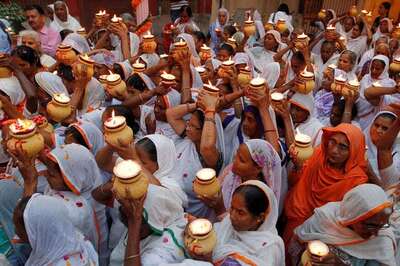

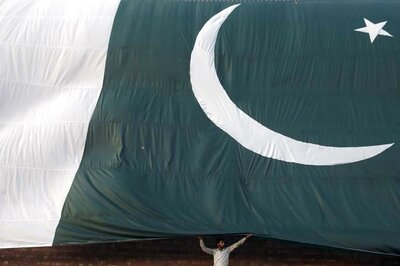


Comments
0 comment